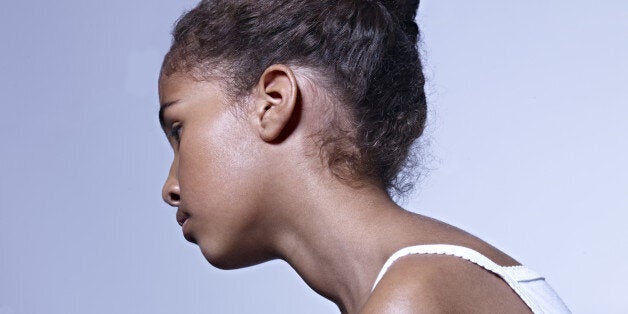
Increased exposure to images of celebrity bodies is behind the large rise in the number of young girls admitted to hospital with an eating disorder, a leading paediatrician has said.
Dr Michie Colin, chairman of the nutrition committee at the Royal College of Paediatrics and Child Health, blamed the increase on children's use of mobile phones and exposure to advertising, citing their ability to constantly look at images of celebrity bodies as a factor in eating disorder cases.
New figures show that the number of girls admitted to hospital with an eating disorder has doubled in the past three years.
Dr Colin said: "Adverts for children are a very powerful force. I think we have released a behemoth we cannot control.
"It's not just peer pressure. Children do have a problem with food that is different to problems they had before."
In 2013-14, hospitals in England had 1,656 admissions for 0 to 19-year-old females who were diagnosed with an eating disorder.
Yet in 2010-11 there were 840 admissions for the same age group, according to data released by the Health and Social Care Information Centre (HSCIC).
Anorexia nervosa, bulimia nervosa and overeating associated with other psychological disturbances were among the disorders recorded by Hospital Episode Statistics - a data warehouse which processes over 125 million patient records each year.
Statisticians at HSCIC said the general rise in hospital admissions and changes in data quality and coverage may have contributed to the increase, but were only a small factor.
HSCIC also released data showing that 15 to 19-year-old girls were more than twice as likely to be referred to psychological therapists than boys. Around 34,000 young women were referred in 2013-14, compared to 16,000 young men.
Sarah Brennan, chief executive at YoungMinds, said: "Much more needs to be done to support boys and young men to access mental health support. It is clear from today's figures that many boys who might be struggling with mental health issues are being missed. This can have severe consequences including addictions, conflict and young men ending up in the criminal justice system.
"While we have made real progress as a society in tackling the stigma that surrounds mental health, there remains a long way to go among boys and young men for them to feel comfortable talking about their mental health and seeking help.
"We also need to move away from the image of teenage mental health issues being predominantly ones that girls face with boys being simply dismissed as 'acting up'."
The national report, which brought together statistics on health, care and well-being of young people in England from birth to young adulthood, also contained data on childhood obesity.
It released statistics showing a decrease in the number of children getting the recommended amount of exercise.
The percentage of boys aged 13 to 15-years-old who got the recommended amount of exercise halved from 28% in 2008 to 14% in 2012. In girls, the figure fell from 14 to 8% over the same period.
The NHS recommend that children spend at least 60 minutes doing physical activity every day, with a mixture of moderate intensity activity (cycling and playground activities) and vigorous intensity activity (fast running and tennis).